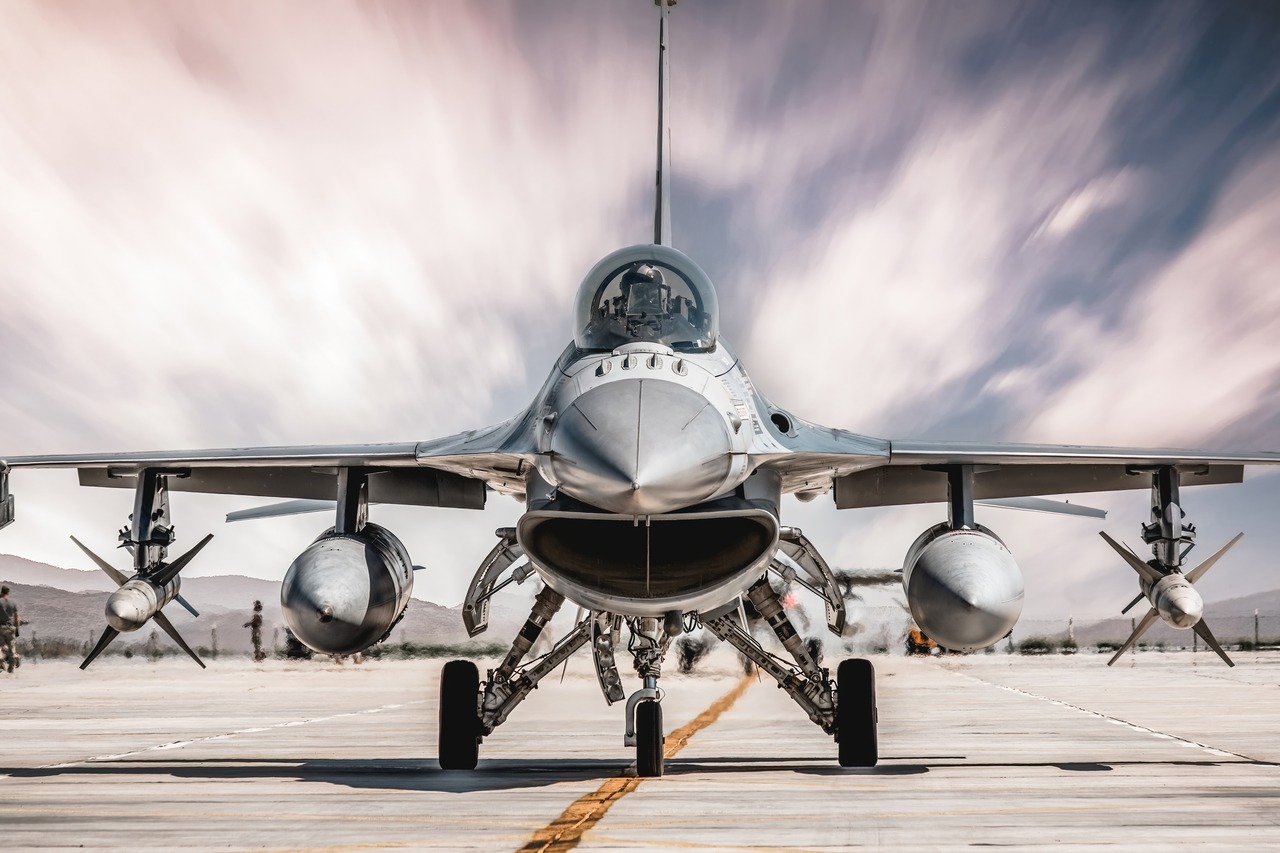
The Little-Known F-16XL Fighter Was Stacked to the Brim with Weapons
Only two F-16XLs were ever made. They entered the Air Force’s Enhanced Tactical Fighter competition to select a replacement for the F-111 Aardvark.
Aviation enthusiasts tend to recognize the F-16 Fighting Falcon on sight. The jet cuts a distinctive figure with compact proportions, a bubble-canopy, and one engine—with the air intake located dead center and horizontal stabilizers forming a symmetrical angle. The airframe’s ubiquity helps, too, with over 4,600 F-16s produced since the 1970s and over 2,600 still in service today (by comparison only 187 F-22 Raptors were produced).
But there was one F-16 variant, a little-known experiment, that few would recognize: the F-16XL.
Introducing the F-16XL
Only two F-16XLs were ever made. In 1981, the fighter entered the Air Force’s Enhanced Tactical Fighter (ETF) competition to select a replacement for the F-111 Aardvark. The F-16XL lost the bid, which is why you’ve probably never heard of the thing (the F-15 Eagle, which you probably have heard of, ultimately won the ETF competition, joined the U.S. Air Force, and has since been mass-produced).
The F-16XL looks similar to the standard F-16, like some sort of cousin, perhaps, with designers using the standard model as a baseline for the XL-variant. The two airframes are different, of course, most notably in regard to wing shape; the F-16XL features a delta design. The most expert observers might catch another subtle difference between the two F-16s; the F-16XL was 56 inches longer—thanks to two sections added to the joints of the main fuselage sub-assemblies. Also, the F-16XL’s tail was angled 3.16 degrees upward and the ventral fins were removed.
Why the modifications?
The original F-16 was relatively new and had performed admirably, so it may seem odd that the airframe was modified so drastically. But the delta wing design improved the lift-to-drag ratio during supersonic flight by 25 percent relative to the standard F-16. Test pilots reported that the F-16XL handled quite well at both low and high speeds.
Also, the larger, longer F-16XL was able to carry more fuel and more weapons. The enlarged wing allowed for the new F-16 to store 65 percent more fuel, which resulted in a 50 percent further range. And the massive delta-wing allowed for more external hardpoints and hence larger weapons payloads. The result was a jet that could deploy more weapons than its predecessors and could go further to deploy said weapons. And that marks a significant practical improvement over the F-16.
For research
The F-16XL was originally a part of the General Dynamics experimental program known as SCAMP, or Supersonic Cruise and Maneuver Prototype. SCAMP tested a variety of wing types to find their desired characteristics. Ultimately, the delta-wing design was selected thanks to the aforementioned lift-to-drag ratio.
When the Air Force selected the F-15 as winner of the ETF competition, General Dynamics donated the two existing F-16XLs to NASA, which put the delta-winged jets to good use; the F-16XLs were flown, for research purposes, until 2009—nearly thirty years after first flying.
After being retired, the F-16XLs were transferred to Edwards Air Force Base, where they were stored, and where they have mostly faded into the annals of aviation mythology.
About the Author: Harrison Kass
Harrison Kass is a senior defense and national security writer with over 1,000 total pieces on issues involving global affairs. An attorney, pilot, guitarist, and minor pro hockey player, Harrison joined the US Air Force as a Pilot Trainee but was medically discharged. Harrison holds a BA from Lake Forest College, a JD from the University of Oregon, and an MA from New York University. Harrison listens to Dokken.
Image: Shutterstock.